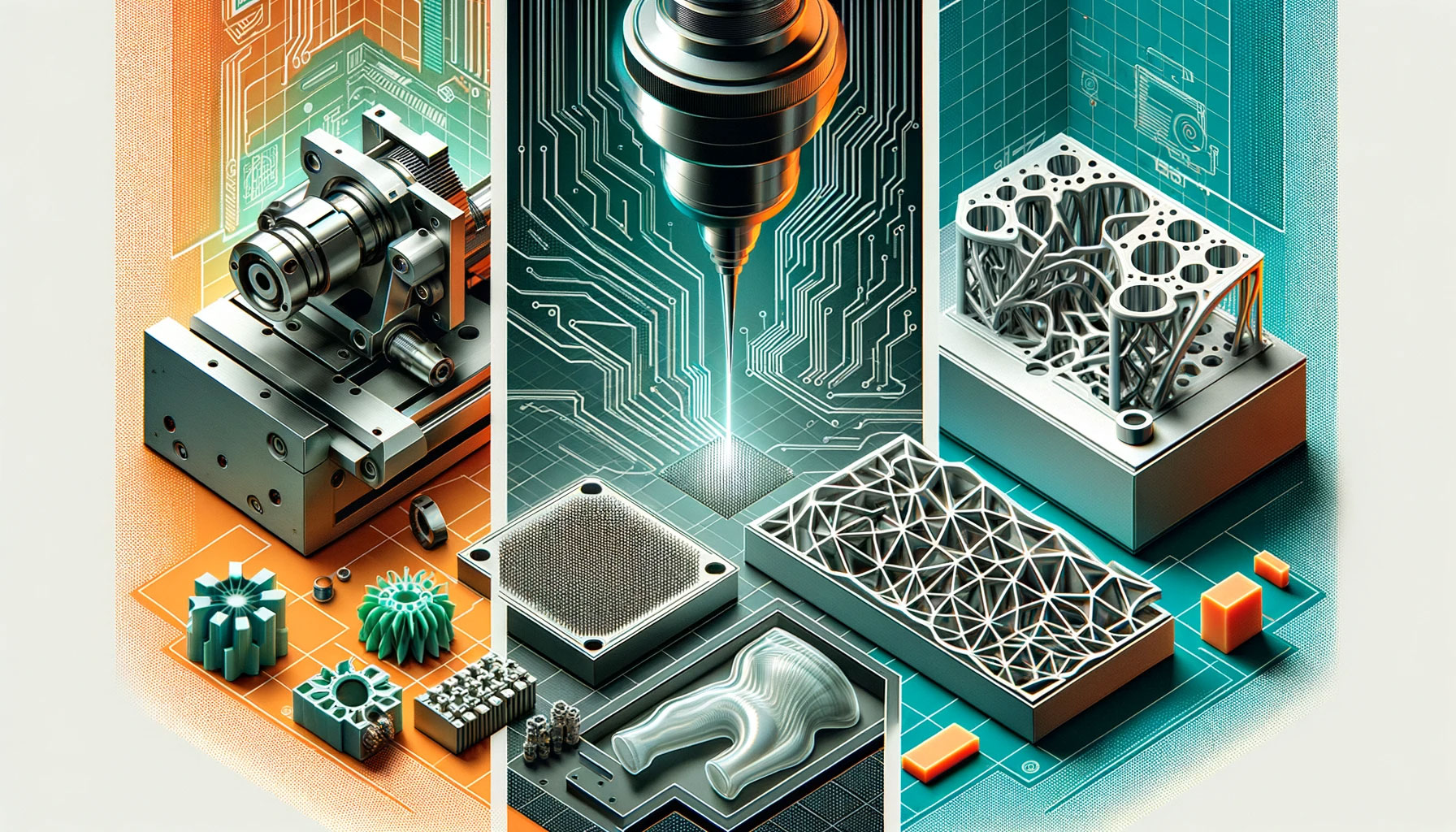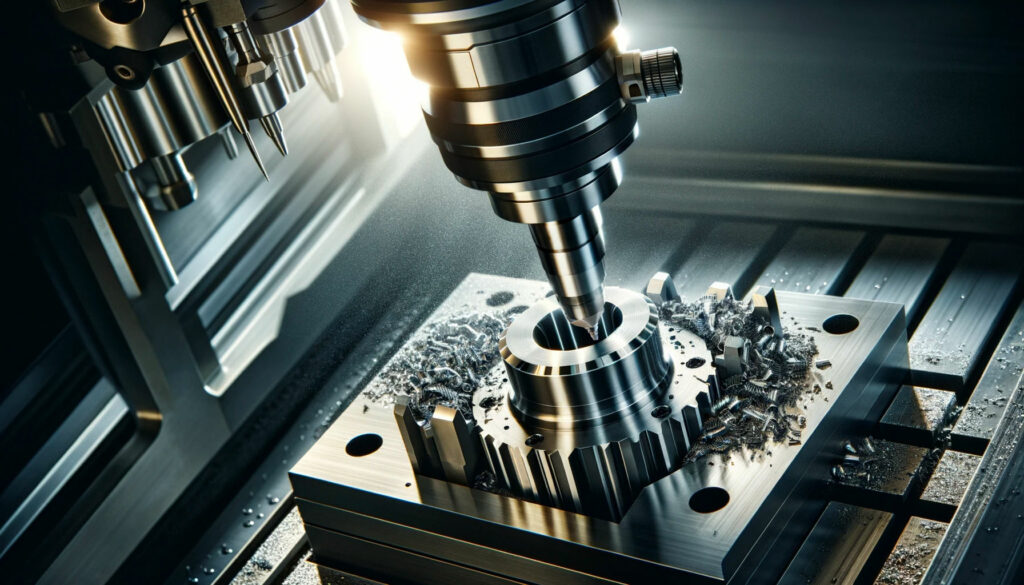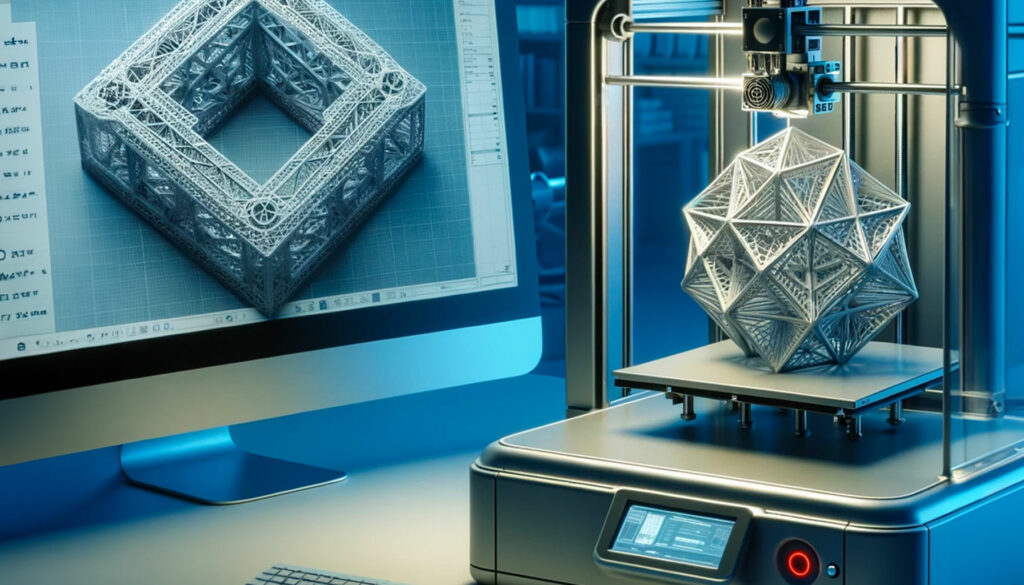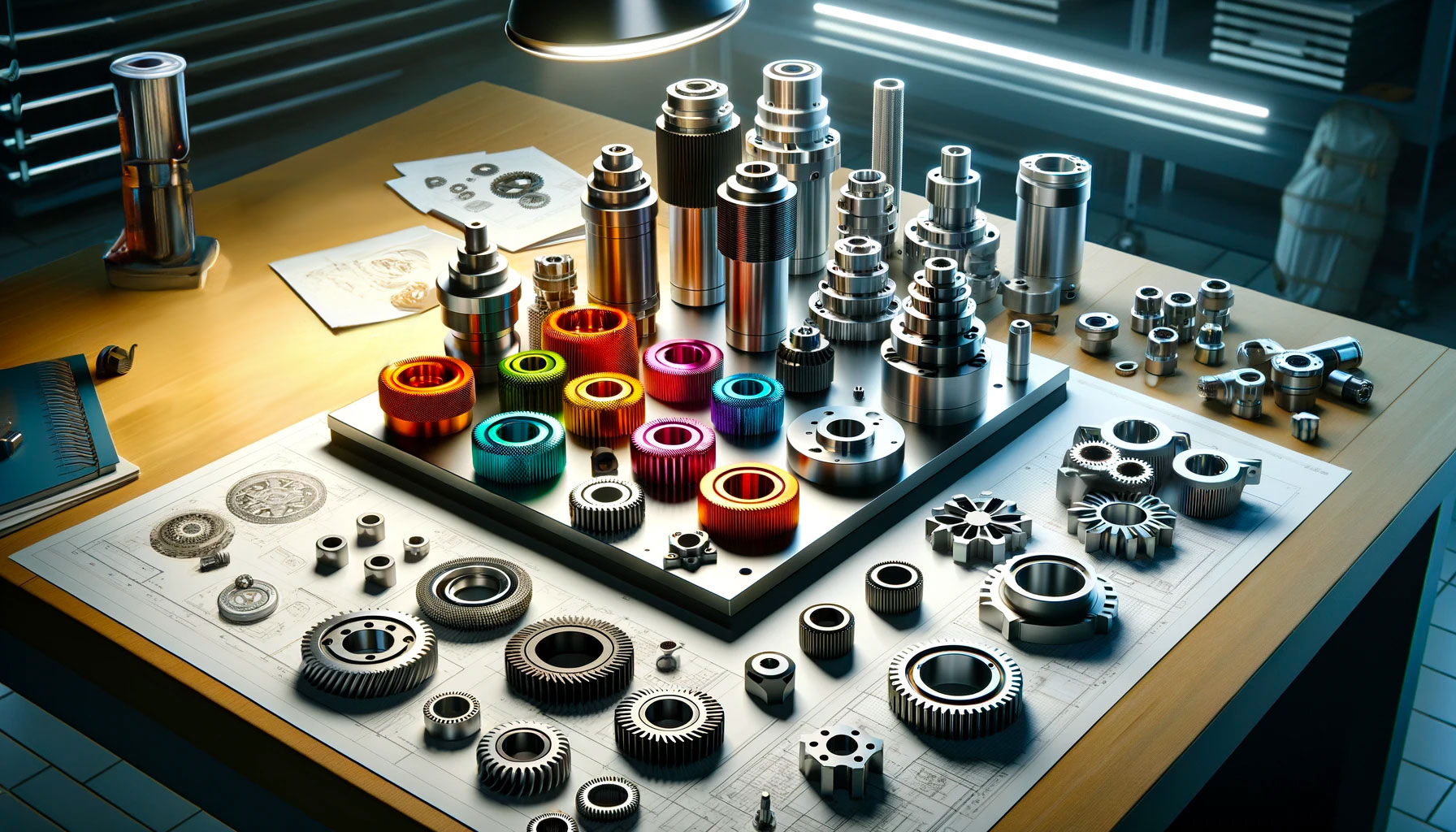
Efficient Manufacturing on a Budget: Cost-Effective Alternatives to Injection Molding for Low Volume Production
In the competitive world of product manufacturing, injection molding has long been the standard for producing parts at high volumes due to its efficiency and the quality of the parts produced. However, when it comes to low volume production, the traditional injection molding process can become prohibitively expensive, mainly due to the high costs of creating molds. Fortunately, there are several cost-effective alternatives that manufacturers can consider. This article examines these alternatives, highlighting their benefits and situational advantages, especially for low volume, budget-conscious production runs.
Understanding Injection Molding Limitations
Cost Implications of Traditional Molding
Injection molding involves significant upfront costs mainly due to the price of creating the metal molds. While these costs can be amortized over large production runs, for low volume orders, this isn’t always possible, leading to a high per-unit cost.
Low Volume Challenges in Injection Molding
Beyond the financial aspect, injection molding for low volumes isn’t always practical. The time required to create molds can lead to longer lead times, which is less than ideal for projects with tight deadlines or those requiring rapid iteration.
Cost-Effective Manufacturing Alternatives
For businesses looking for flexibility and cost-efficiency in low volume production, alternatives to injection molding can offer significant advantages. Let’s explore some of the most effective methods.
CNC Machining for Precision and Flexibility
CNC Machining: A stalwart in the manufacturing industry, CNC machining offers precision engineering without the need for expensive mold creation. Ideal for metal and plastic components, CNC machining is a versatile process that is cost-effective for low to medium volume production. It is particularly valuable when precision is paramount, and turnaround times need to be fast.
Rapid Prototyping: Quick Turnaround Solutions
Rapid Prototyping: For those who need to iterate quickly, Rapid Prototyping is a game-changer. Techniques like 3D printing, stereolithography (SLA), and selective laser sintering (SLS) can produce parts within hours or days rather than weeks, with a level of design freedom that traditional methods can’t match. Rapid prototyping is an excellent way to test designs before committing to large-scale production.
Silicone Casting: An Affordable Option for Low Volumes
Silicone Casting: Also known as urethane or polyurethane casting, silicone casting is a cost-effective alternative for producing high-quality plastic parts in low volumes. This method uses a silicone mold, which is cheaper and faster to produce than traditional metal molds. Silicone casting is perfect for short runs and can be a great bridge between prototyping and full-scale injection molding.
Other Notable Alternatives
Additive Manufacturing: Beyond prototyping, additive manufacturing technologies have evolved to accommodate low volume production. This includes using materials that are robust enough for end-use parts, providing a strong alternative for those looking to bypass the molding process.
Sheet Metal Fabrication: When working with metal parts, sheet metal fabrication can be a cost-effective and rapid alternative. Techniques such as laser cutting, bending, and punching allow for the creation of complex parts without the need for molding.
Choosing the Right Method for Your Production
Determining the most appropriate production method for low volume runs requires a careful assessment of several factors. It’s not only about the cost but also the material specifications, intended use, and desired quality of the final product.
Assessing Your Project’s Needs
Consider the design complexity, material requirements, and functional purpose of your parts. Some methods may be more suitable than others based on these criteria. For example, CNC machining might be the best option for metal parts with high structural demands, while silicone casting could be ideal for plastic components with intricate designs.
Cost-Benefit Analysis for Small Batches
A thorough cost-benefit analysis can help determine the most economical approach for your specific needs. Factors such as the number of units, the cost of material waste, and the potential need for future iterations all play a role in this decision-making process.
Conclusion: Balancing Cost and Quality in Low Volume Production
When production demands are not in the high volumes required to make traditional injection molding cost-effective, it’s crucial to consider alternative manufacturing methods. CNC machining, rapid prototyping, and silicone casting each offer distinct advantages that can lead to significant cost savings and flexibility for low volume production. By evaluating your project’s specific needs and performing a detailed cost-benefit analysis, you can find the balance between cost and quality that ensures the success of your product in the market.
Learn more about the benefits of CNC Machining and how it can be a cost-effective solution for your low volume manufacturing needs. For more information on quick and versatile Rapid Prototyping options, visit our services page. And if you’re looking for the affordability and flexibility of Silicone Casting, we have the expertise to meet your requirements.
Our team is here to answer your questions
Let’s talk about your Project
Relatetd Post
Recent Posts
- CNC Machining: The Key Advantages for Efficient and Precise Rapid Prototyping
- Prototyping: 3D Printing vs. CNC Machining
- Automotive Plastic Injection Molding: A Cost-Effective Solution
- Injection Molding: The Ultimate Manufacturing & Design Guide
- What is CNC Machining? A Comprehensive Overview of Precision Manufacturing








Comments are closed